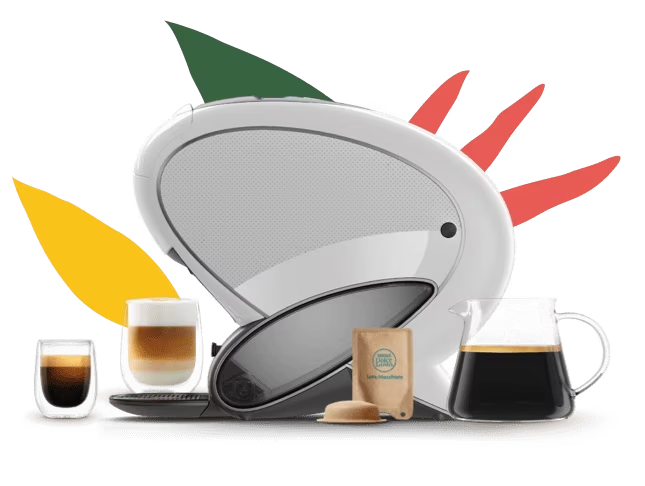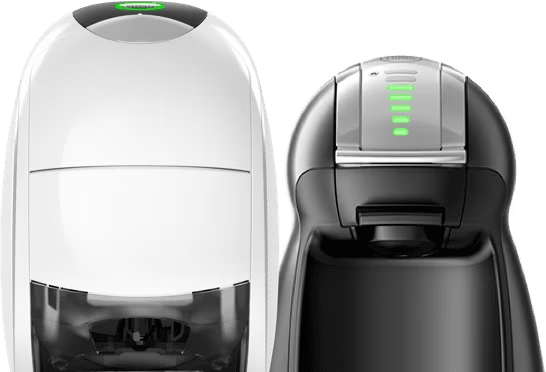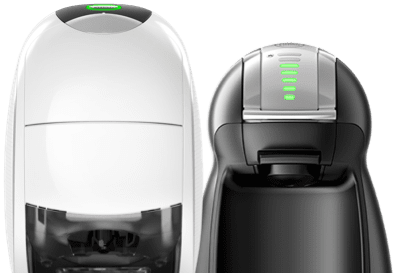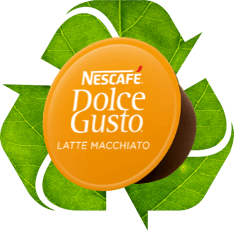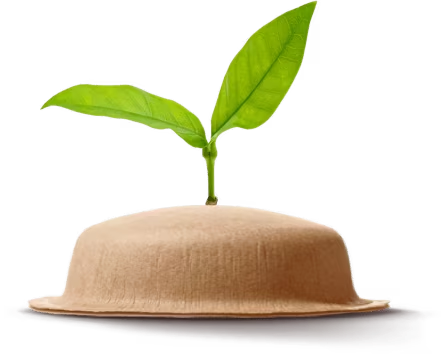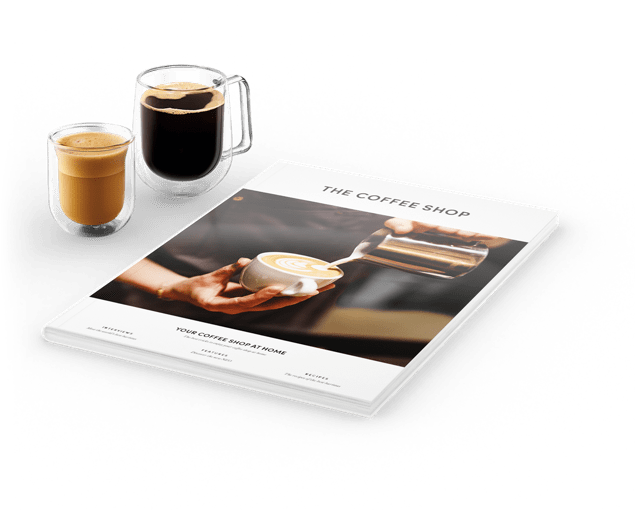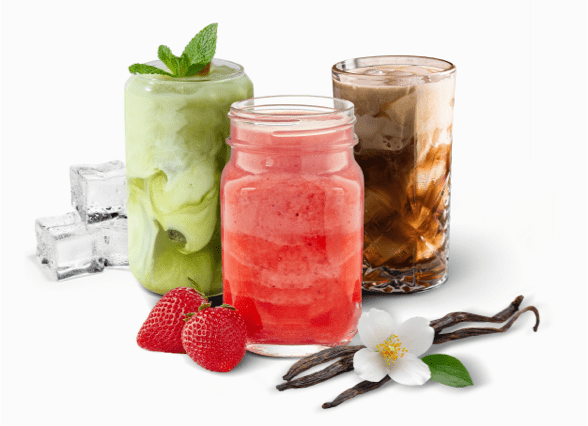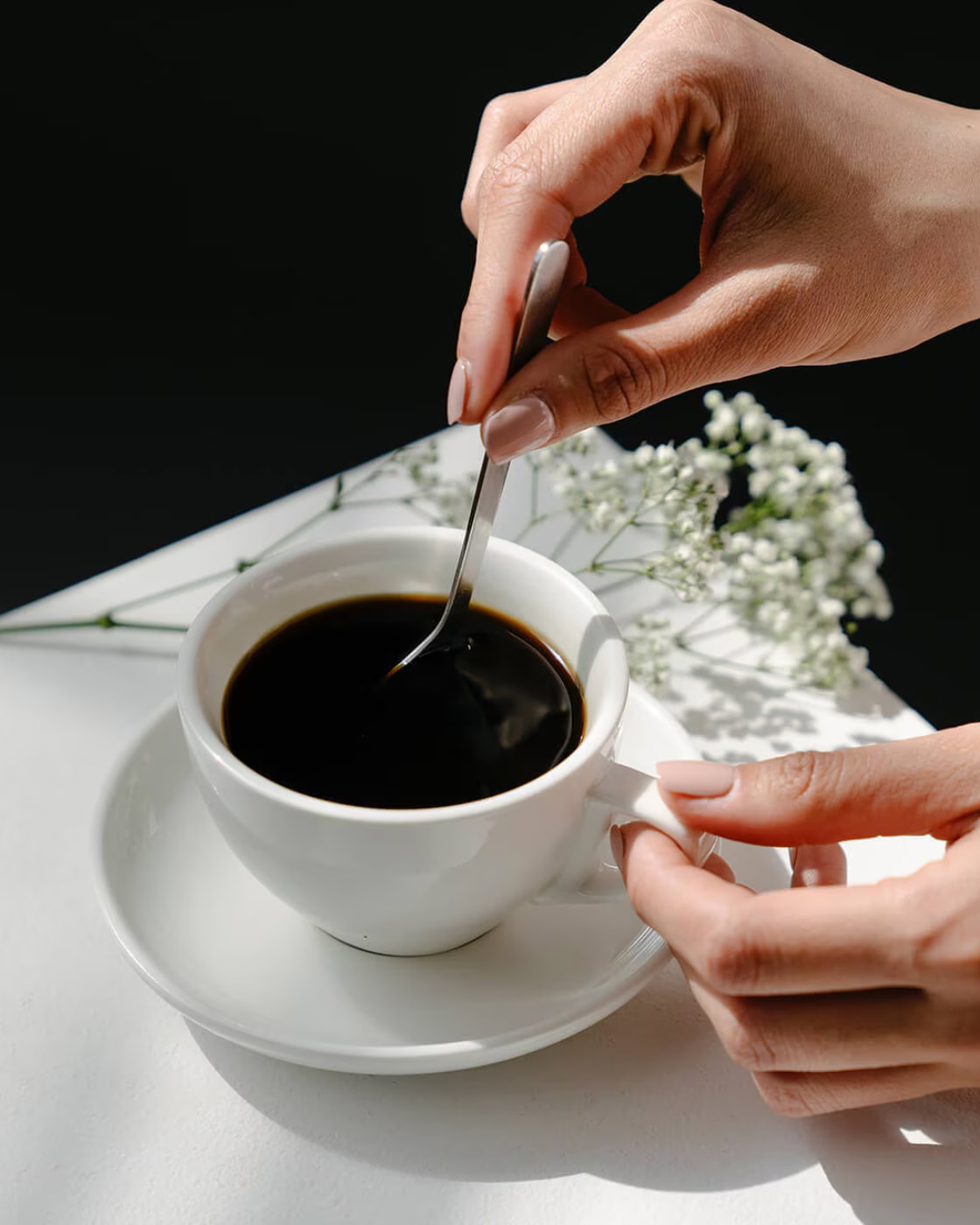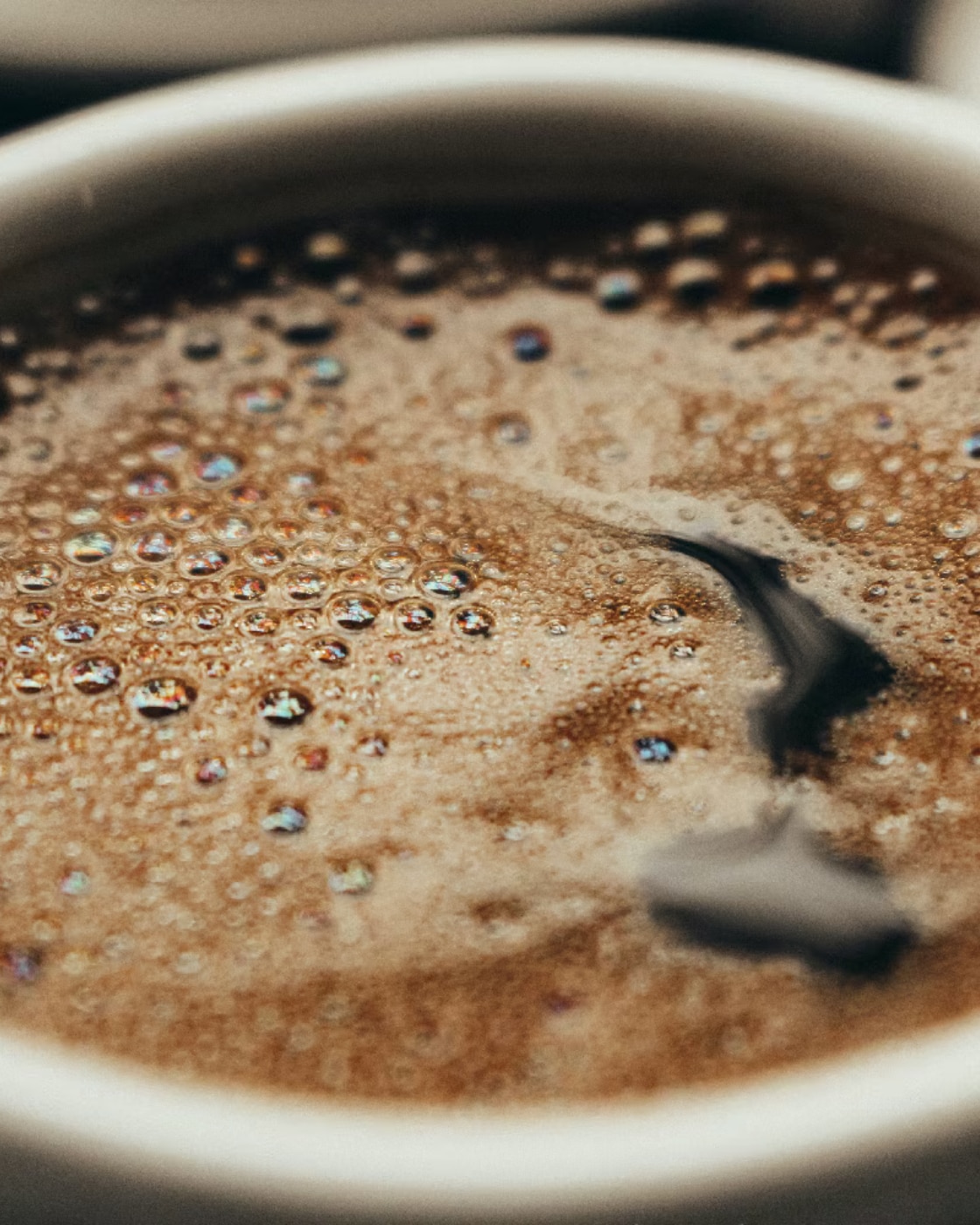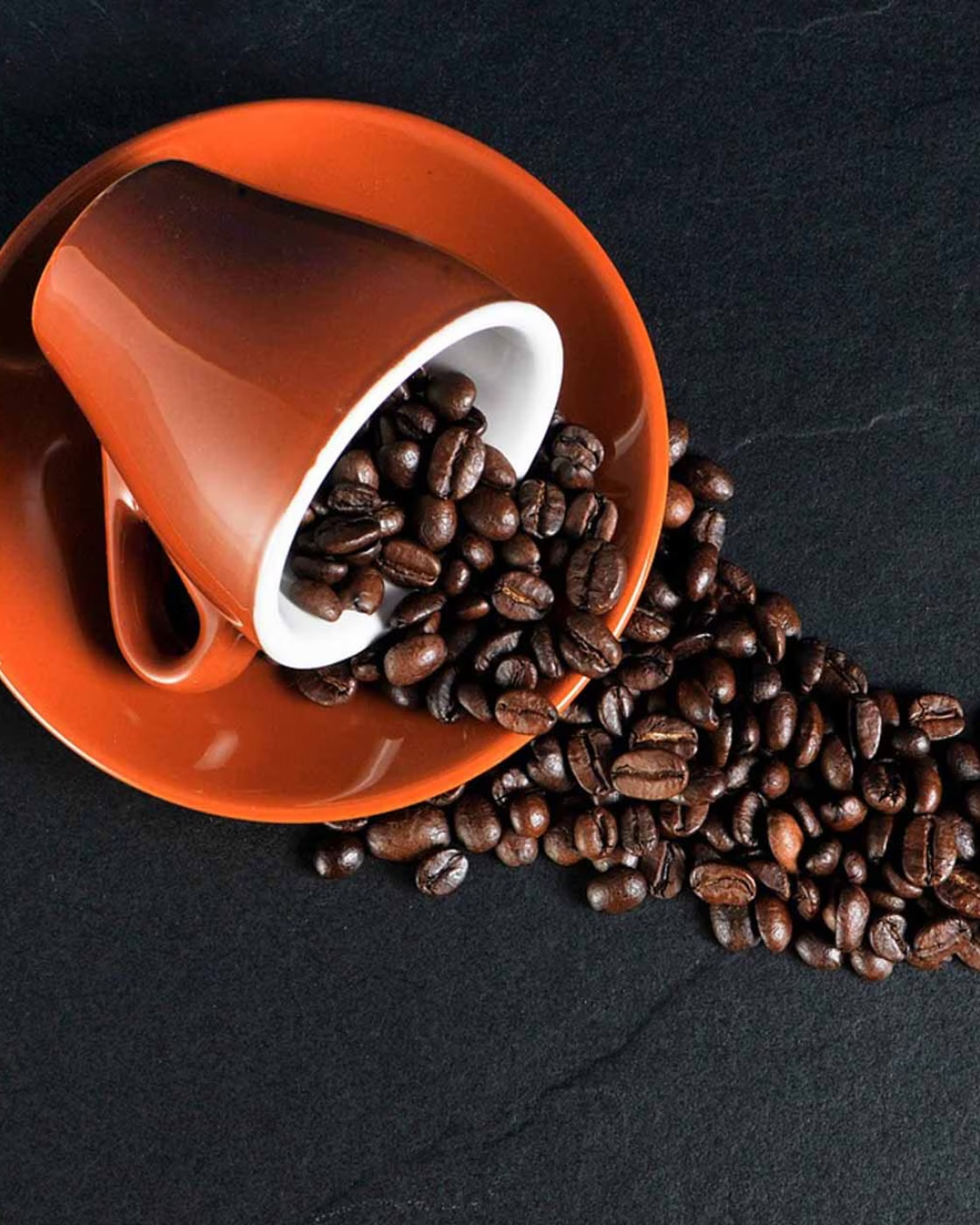
What is Lungo Coffee?
Imagine you're sitting in a cosy café, the aroma of freshly brewed coffee wafting through the air. The barista hands you a cup, and you take a sip, expecting the bold hit of an espresso. But instead, you find something a bit different – still strong and rich, but a tad more mellow and with a fuller flavour. What you're enjoying is a lungo.
So, what exactly is a lungo? It's essentially an espresso's more laid-back cousin. "Lungo" means "long" in Italian, and it refers to the way this coffee is made. While an espresso uses a small amount of water pushed through the coffee grounds at high pressure, a lungo uses more water and a longer extraction time. This process results in a larger cup of coffee with a unique taste profile – less intense than an espresso but more complex than a regular drip coffee.
So next time you're looking to switch up your coffee routine, why not give the NESCAFÉ® Dolce Gusto® Lungo coffee a try? It might just become your new favourite way to experience the wonderful world of coffee.
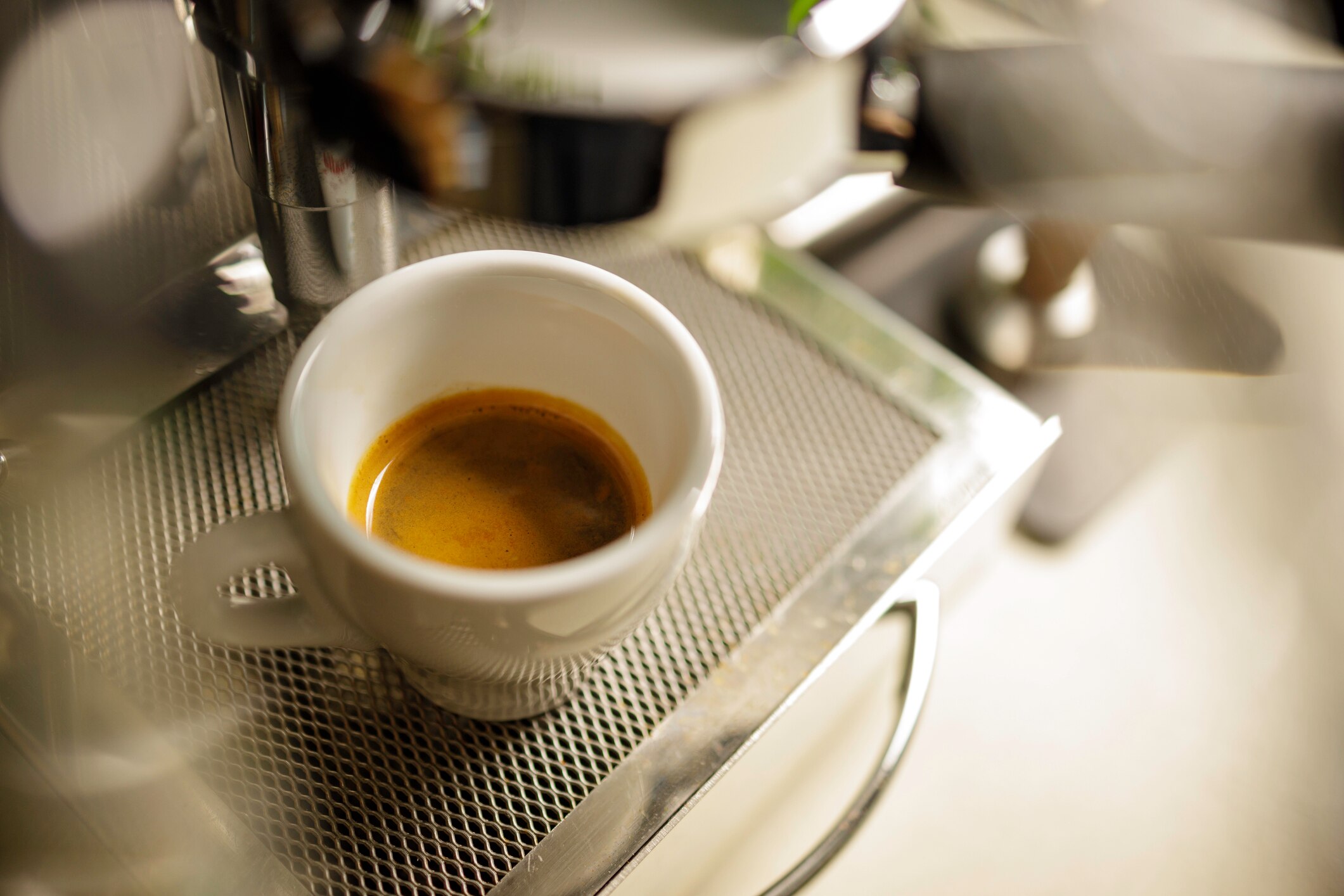
Who invented espresso?
Lungo coffee: a double shot of flavour
Never confuse the Lungo coffee with an Americano coffee despite their similarities - in fact, the difference lies in the way it is made. With a Lungo, we let twice the water flow through the coffee grounds, giving it that smooth, elongated character. The Americano however, the hot water is added afterwards, creating a distinct flavour experience.
The way in which a Lungo is made, gives a peculiar bitterness to the cup. As the hot water traverses through the filtered coffee, it extracts coffee components that in a short coffee usually appear undissolved.
Want to learn how to differentiate the long or Lungo coffee from other varieties? Keep reading!
Does lungo have more caffeine than a regular coffee?
A lungo, with its longer extraction time and larger volume, indeed has more caffeine than a typical espresso shot. However, when you compare it to a regular coffee (like your standard drip or filter coffee), it gets a bit more interesting.
A lungo, which is made by extending the extraction time of an espresso, typically comes in at about 85-110 ml (that's around 3-4 fluid ounces). This lovely drink usually contains between 65-80 mg of caffeine. On the other hand, a standard cup of regular coffee, which is around 240 ml (or 8 fluid ounces), has about 95 mg of caffeine on average.
So, while a lungo has more caffeine than an espresso, it still falls slightly short of a regular coffee in terms of total caffeine content. But remember, because a lungo is less concentrated than an espresso but richer in flavour than drip coffee, it offers a delightful middle ground. It's all about finding that perfect balance for your taste buds and your caffeine needs.
Next time you're pondering your coffee choice, consider what you're in the mood for: the boldness of a lungo or the traditional kick of a regular coffee. Either way, you're in for a delicious treat!
Can you add milk to a lungo coffee?
Adding milk to a lungo is not only possible, but it can also be incredibly enjoyable. The longer extraction time of a lungo brings out more of the coffee's subtle flavours, and adding milk can complement these notes beautifully. Whether you prefer a splash of milk to lighten the taste or a more generous pour to create a creamier texture, it's all about customising your coffee experience to suit your mood.
Some people even enjoy turning their lungo into a makeshift latte or flat white by adding steamed milk and a bit of froth on top. It’s like having your own little café creation right at home.
So, next time you're preparing a lungo, don’t hesitate to experiment with adding milk. You might just discover a new favourite way to enjoy your coffee! So yes, you can add milk to a lungo coffee.
Long coffee vs short coffee
What other traits distinguish these coffee varieties? Let’s get to know them.
Bitterness
Caffeine
Concentration
It’s time to bring out the barista in you! Prepare a NESCAFÉ® Dolce Gusto® Lungo Coffee at home.
How to prepare?
2) Then adjust the dispenser to level 4, and brew using the “hot drinks” settings
3) Sit back and enjoy
Alternatively, if you prefer a manual coffee machine:
1) Insert the NESCAFÉ® Dolce Gusto® Lungo coffee pod
2) Let it brew until it reaches 120ml
3) Sit back and enjoy
You now have a bold, delicious cup of lungo coffee to enjoy with whoever you want, from the comfort of your own home.
What is the difference between espresso and lungo?
Brewing process
- An espresso is crafted by forcing a small amount of nearly boiling water through finely-ground coffee beans.
- The process is quick, usually taking around 25-30 seconds.
- This method results in a small, concentrated shot of coffee, typically about 1 ounce (30 milliliters).
Lungo:
- A lungo uses the same amount of coffee grounds as an espresso but with more water.
- The brewing time is extended, often taking up to a minute.
- This results in a larger volume of coffee, around 2-3 ounces (60-90 ml), hence the name "long coffee."
Caffeine content
- Despite its small size, an espresso shot packs a punch with its caffeine content due to its concentrated nature.
Lungo:
- With its longer extraction time, a lungo generally contains more caffeine than an espresso. The increased water volume extracts more caffeine from the grounds.
Serving size
- Served in a small demitasse cup, an espresso is a quick, invigorating shot of coffee, perfect for a fast pick-me-up.
Lungo:
- Served in a slightly larger cup, a lungo offers a more leisurely coffee experience, giving you more to sip and savour.
So what do I go for?
What is the difference between lungo and ristretto?
Brewing process
Lungo uses the same amount of coffee grounds as an espresso, but with more water. The brewing process is extended, often taking up to a minute. This longer extraction time results in a larger volume of coffee, about 2-3 ounces (60-90 ml).
On the flip side, ristretto (Italian for "restricted" or "short") is made with the same amount of coffee grounds but less water. The extraction time is shorter, typically around 15-20 seconds. This results in a smaller, more concentrated shot of coffee, about 0.5-0.75 ounces (15-22 ml).
Taste & strength
Lungo has a milder flavour compared to a standard espresso. The longer extraction allows more of the coffee’s soluble compounds to dissolve, which can introduce a slightly more bitter taste but also adds a complexity to the flavour profile. It’s less concentrated than a ristretto, making it a great choice for those who enjoy sipping their coffee over a longer period.
Ristretto, however, is all about intensity. The shorter extraction time means fewer bitter compounds are dissolved, resulting in a sweeter, more concentrated shot. The flavours are more robust and intense, giving you a powerful coffee experience in a smaller volume. If you love bold, rich flavours, ristretto is your go-to.
Caffeine content
Lungo typically has more caffeine than a ristretto due to the larger volume of water passing through the coffee grounds, which extracts more caffeine. Ristretto has less caffeine per shot, but because it’s more concentrated, you get a strong hit of flavour without as much caffeine. It’s a powerful experience in a small package.
Serving size
Lungo is served in a slightly larger cup, giving you more coffee to enjoy over time. It’s perfect for those leisurely moments when you want to savour each sip.
Ristretto is served in a small espresso cup, offering a quick but intense coffee experience. It’s ideal for when you need a concentrated burst of flavour and energy.
Which should you choose?
Lungo vs americano
Brewing process
Lungo starts with the same amount of coffee grounds as an espresso. The key difference lies in the amount of water used and the extraction time. For a lungo, more hot water is forced through the coffee grounds for a longer period, typically taking up to a minute. This extended extraction results in a larger volume of coffee, around 2-3 ounces (60-90 ml).
Americano, on the other hand, is prepared a bit differently. It begins with a standard shot of espresso. Once the espresso is brewed, hot water is added to it. The ratio of water to espresso can vary, but it generally results in a drink that is similar in size to a traditional cup of black coffee, usually around 6-8 ounces (180-240 ml). The added water dilutes the espresso, creating a milder coffee experience.
Taste & strength
Lungo has a unique flavour profile. The longer extraction time allows more of the coffee’s soluble compounds to be released, leading to a slightly more bitter taste compared to a standard espresso. However, this bitterness is balanced with a complexity of flavours, making each sip an interesting experience. It’s less concentrated than a ristretto or an espresso, but still offers a rich, bold taste.
Americano, with its diluted nature, offers a different experience. The added water softens the intensity of the espresso, resulting in a smoother, milder flavour. This makes it similar to traditional drip coffee but with the depth and character of an espresso shot. It’s perfect for those who enjoy the richness of espresso but prefer a more moderate intensity.
Caffeine content
Lungo generally has more caffeine than a standard espresso shot because of the increased extraction time and the larger volume of water passing through the coffee grounds. This longer brew time extracts more caffeine.
Americano has a caffeine content that is roughly equivalent to a single or double shot of espresso, depending on how many shots are used. The added water doesn’t affect the caffeine content, it just dilutes the intensity of the flavour.
Serving size
Lungo is served in a slightly larger cup than an espresso, giving you more coffee to savour over a longer period. It’s perfect for those who like to take their time enjoying their coffee.
Americano is served in a regular coffee cup, similar in size to what you’d use for drip coffee. This makes it a great option for those who want a full cup of coffee with the rich flavours of an espresso but prefer a less intense experience.
Lungo or americano? What’s the better option?
Tips to pair your lungo coffee
With its hint of bitterness, seasoned baristas suggest enjoying this brew alongside dishes that complement its sharpness. That’s why it is one of the best types of coffee to combines with milk or vegetable drinks. In addition, it is an ideal variety from those with a sweet tooth, as it pairs perfectly with ice cream and the softest chocolate – this promises a delightful explosion of sensation on your taste buds!
Barista tip: sprinkle a little cinnamon or cocoa on top of your lungo coffee, and you’ll be able to enhance all its nuances!
Can you drink an espresso with milk?
Popular drinks with espresso
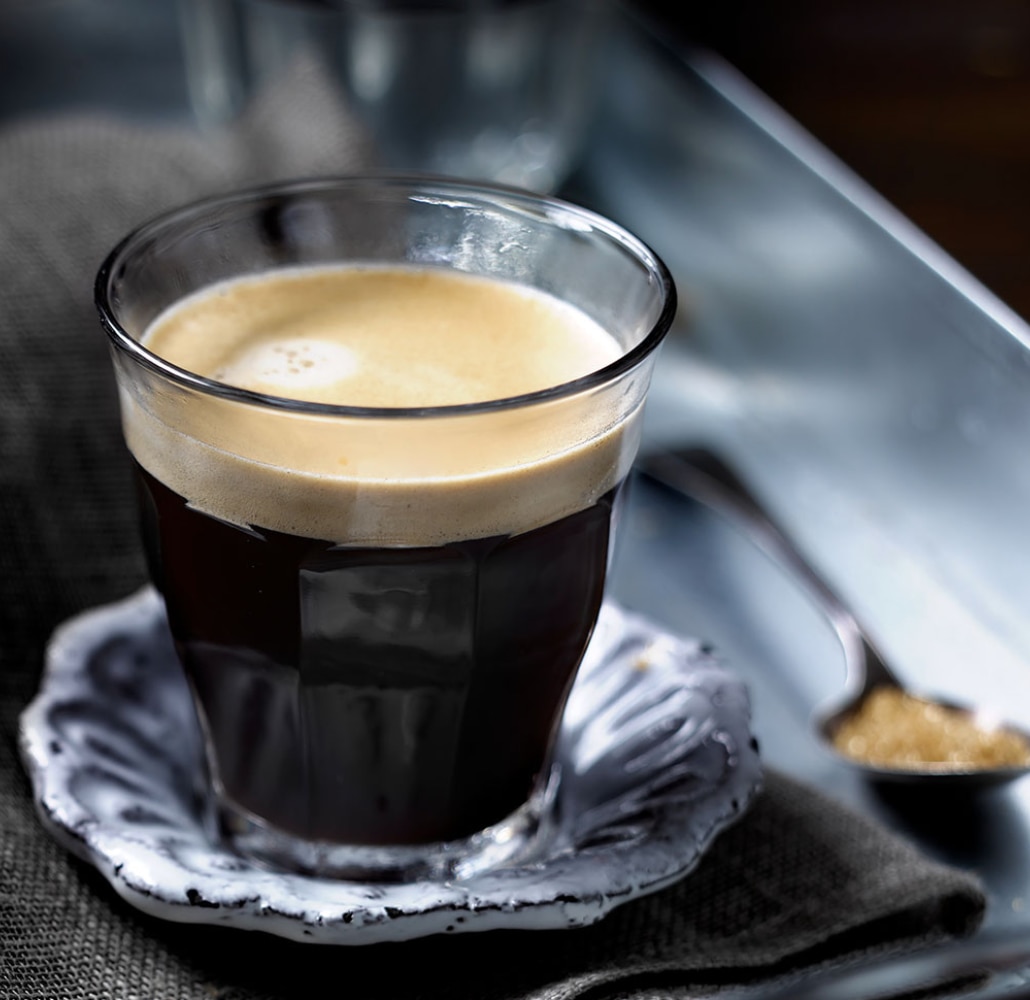
















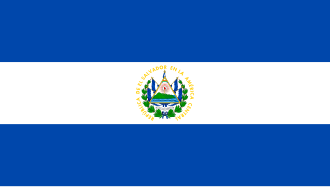




















































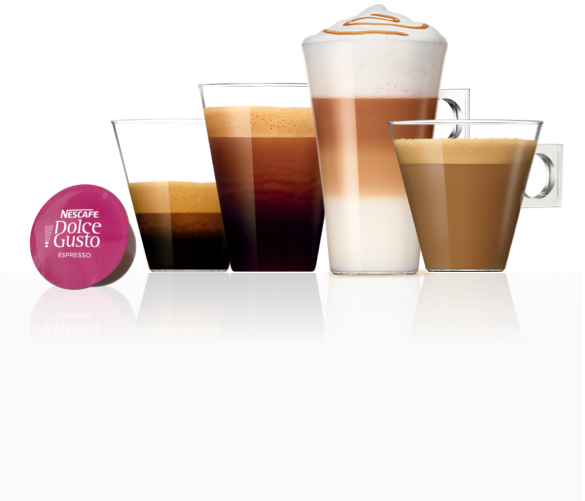
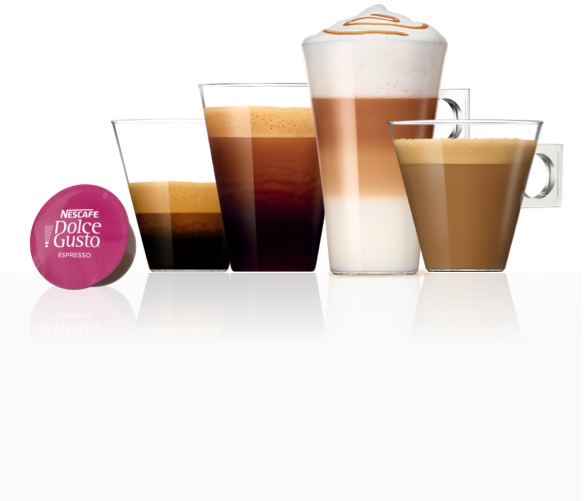

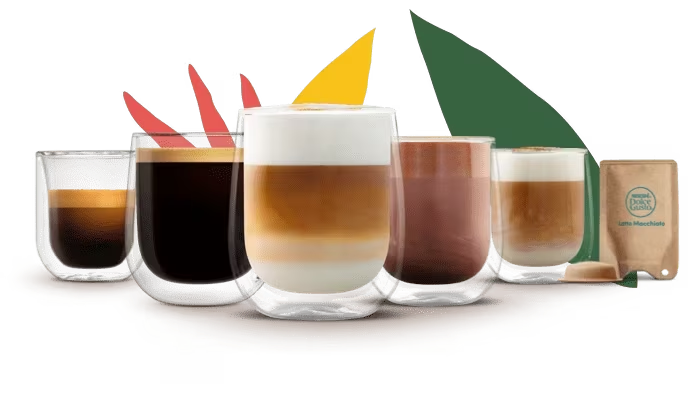
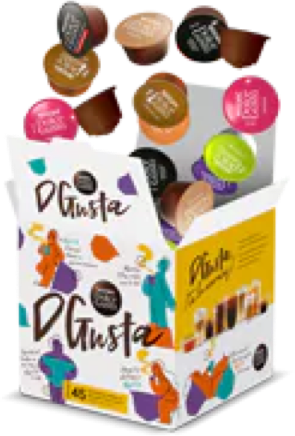
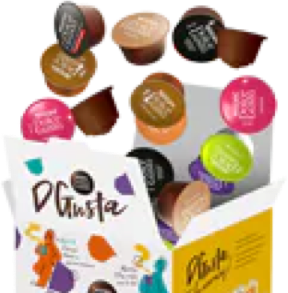

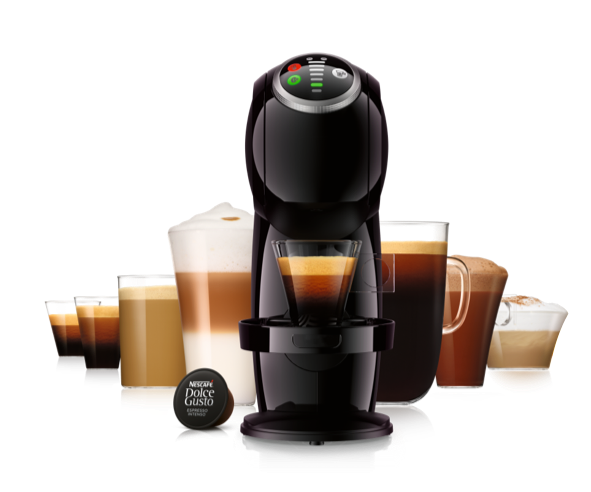
 Machine Help Centre
Machine Help Centre
